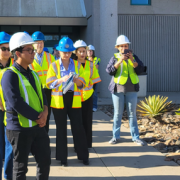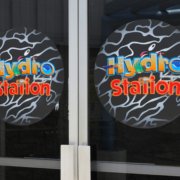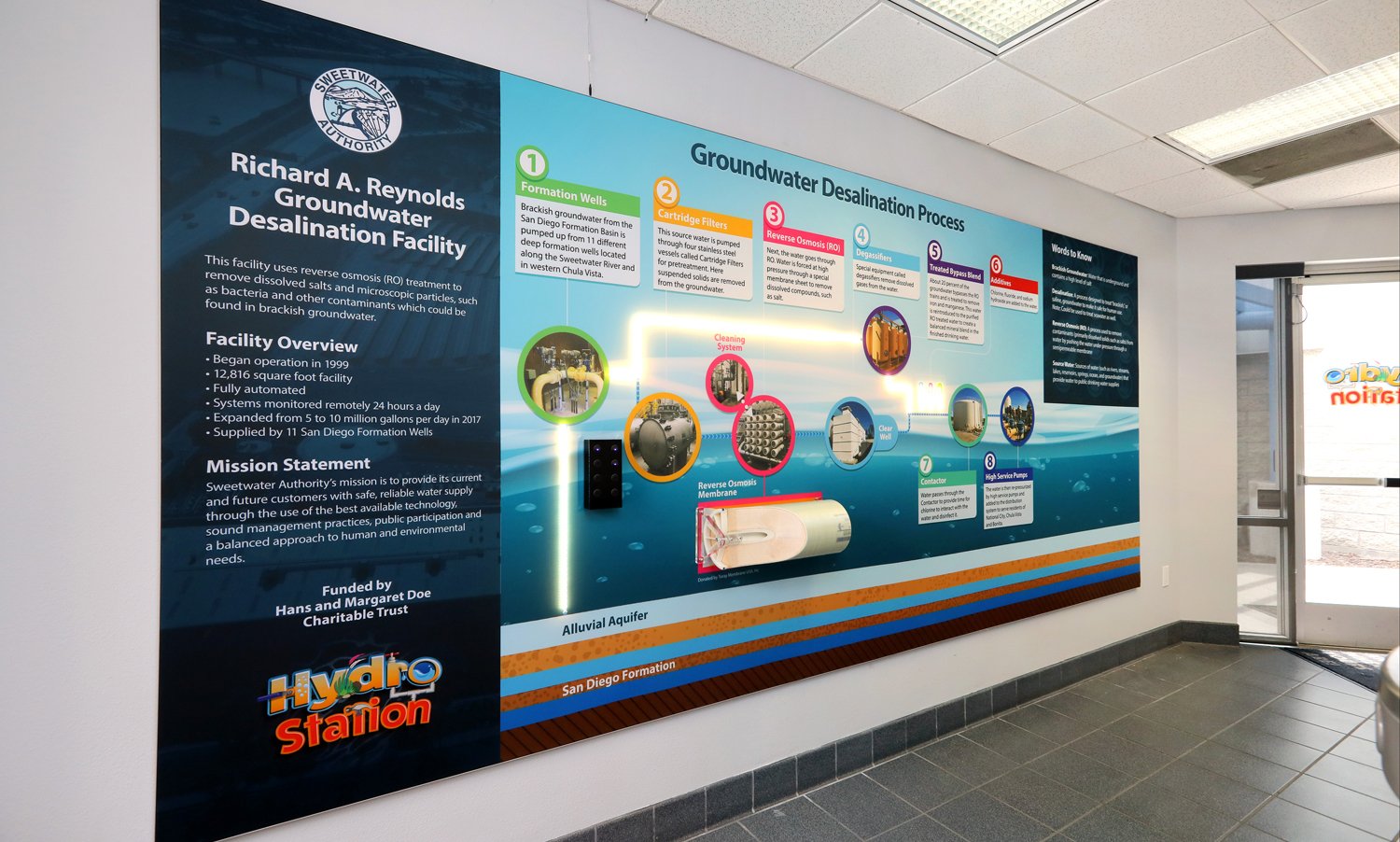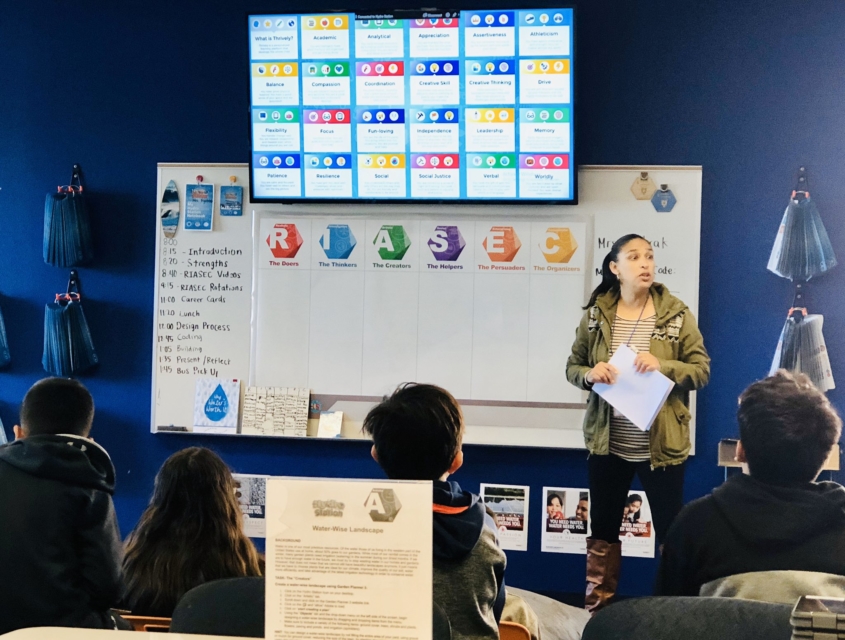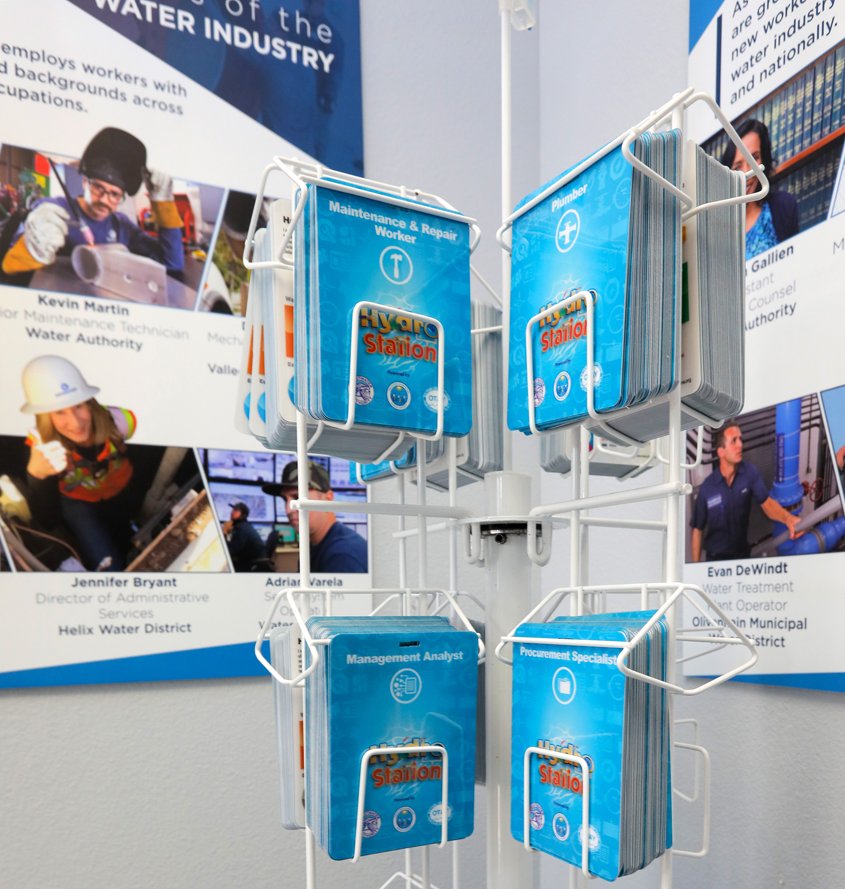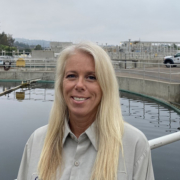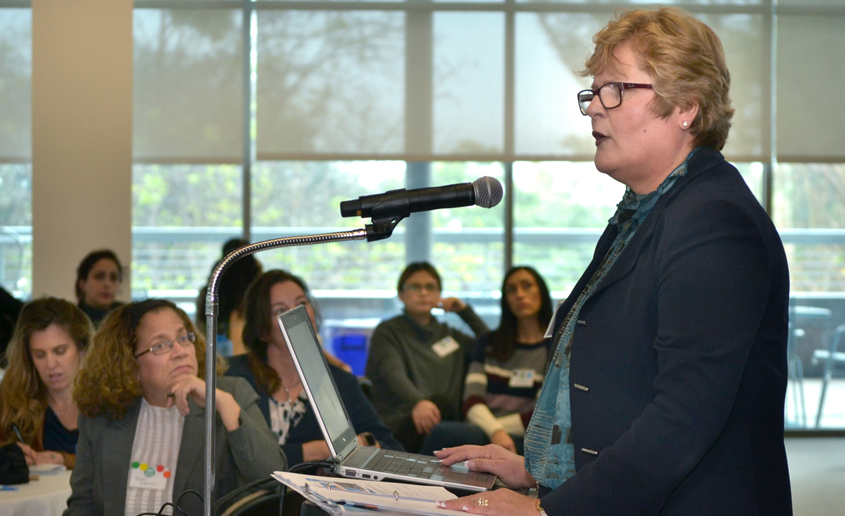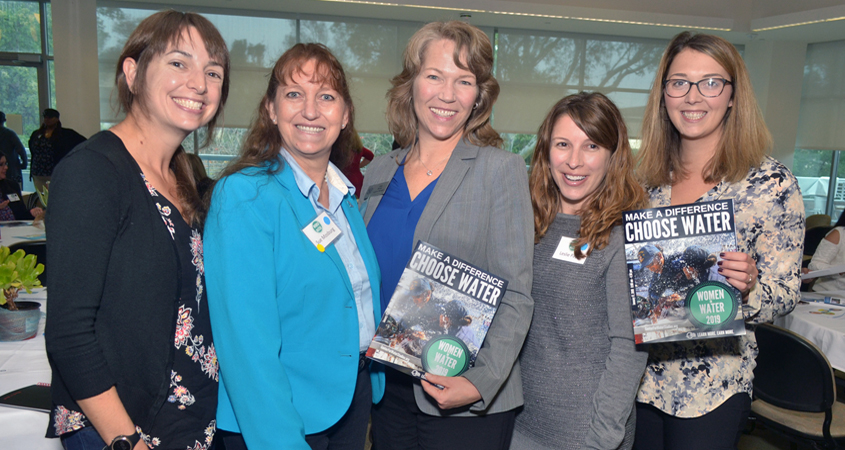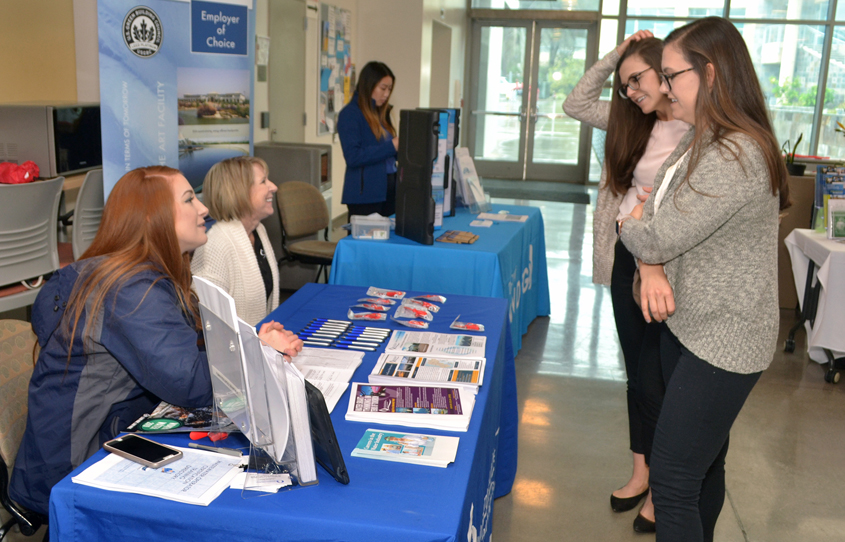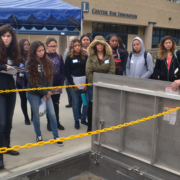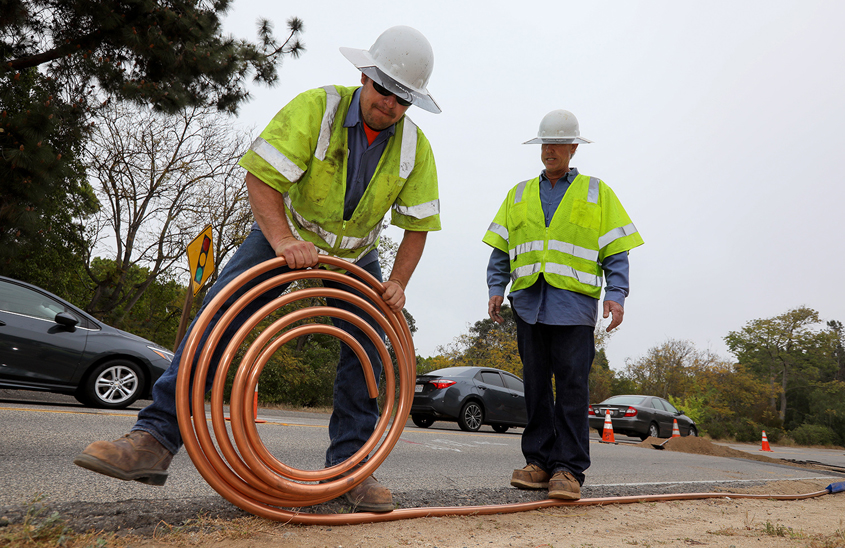Partnerships Propels Future Wave of Water Workforce
The San Diego County Water Authority (SDCWA) recently hosted a behind the scenes event aimed at propelling students to dive into careers in water and energy. The Education to Workforce Tour took participants into four programs aimed at preparing the next generation of water professionals in these fields.
The time to build that future workforce is now. According to the US Water Alliance, more than 300,000 people work to operate and maintain water systems around the country. In the next decade, about a third of water utility operators will be eligible to retire. Every year, water utilities must fill more than 9,000 water treatment operator jobs, with thousands of additional openings for other water-related occupations. Tours like this help provide insight and education about the potential careers for San Diego students.
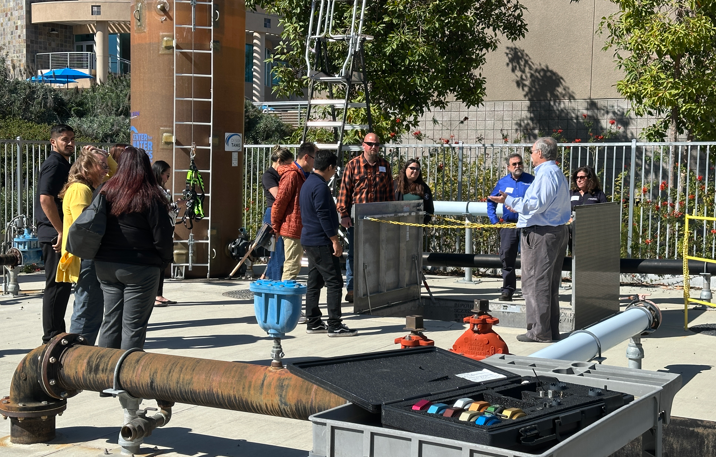
At Cuyamaca College participants explored wastewater training facilities and discussed ways to build a talented workforce.
In partnership with the Water Energy Education Alliance, San Diego County Office of Education, Cuyamaca College, and Metropolitan Water District, this educational program is part of an ongoing partnership with the San Diego County Office of Education (SDCOE).
The tour travelled to four key locations: the Linda Vista Innovation Center (LVIC), Chula Vista Hydro Facility, Cuyamaca College Center for Water Studies (CWS), and the construction site for Pure Water San Diego. Attendees from water districts, utilities, and educational institutions all came together to see how education and hands-on learning can create dynamic career pathways for students.
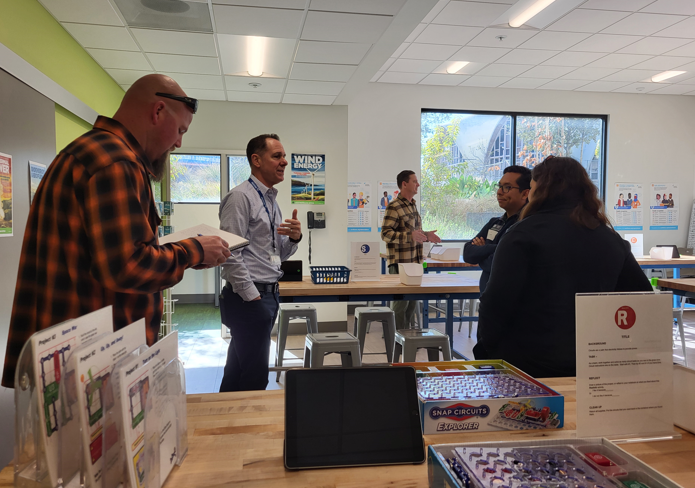
Tour attendees connected at the County Office of Education’s Linda Vista Innovation Center.
At LVIC, visitors saw STEM classrooms in action and talked about how to replicate this kind of learning environment across the San Diego region. The group then headed to Chula Vista Hydro Facility, where fifth-grade students learned about water-powered energy uses and the skilled workforce that supports it.
The third stop was Cuyamaca College, where participants explored wastewater training facilities and discussed ways to build a talented workforce. The final stop was Pure Water San Diego, where new job opportunities in advanced water treatment were on display.
The tour highlighted the benefits of early career exploration and opportunities in the water sector. When given the chance to understand what careers are available and match those with their unique skills and interests, students are more likely to choose the right courses and training programs early on, ensuring a steady stream of talent for the water industry as it enters a critical period of filling essential roles.
These educational and workforce partnerships between SDCWA, SDCOE, and other organizations are crucial for connecting the youth to future water industry jobs, ensuring a safe and reliable water supply for future generations.

